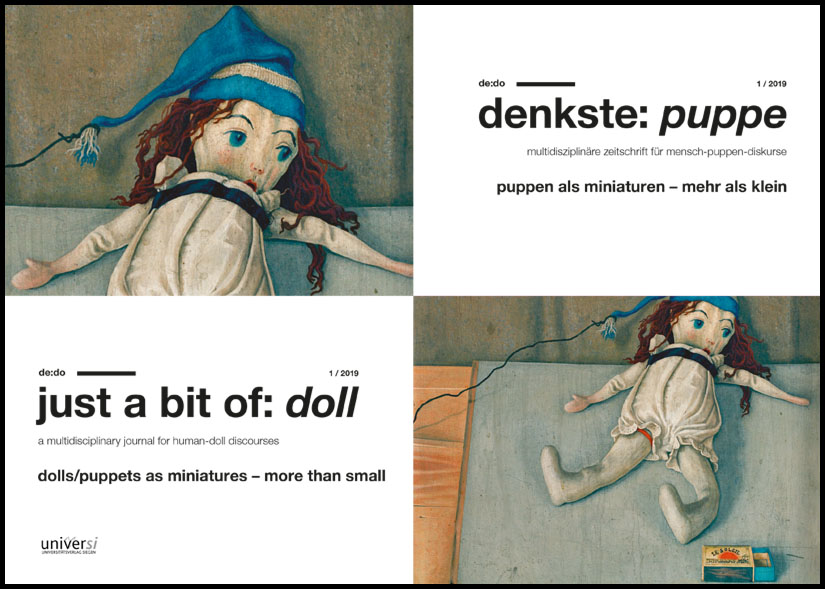Of play dolls, doll figures and their miniature worlds: A look into the world of the Brontës
Keywords:
Brontës, wooden soldiers, literary miniature worlds, intertextualityAbstract
Play worlds in children's literature are, in a sense, always literary miniature worlds, which, in the context of puppet figures, develop their own magic going beyond the more traditional play with dollhouses. This article takes the example of the fantastic play world of the English siblings Brontë with wooden soldiers and takes a look at their joint play of girls and boys in miniature worlds designed by themselves. The worlds created by the children here, which date back to twelve wooden soldiers, allow them immediately to escape their close environment. In addition to this, they also shape the subsequent writing of the Brontë siblings. A hundred years later, the author Pauline Clarke in her children's book The Twelve and the Genii brings the wooden soldiers back to life with many intertextual references. The fantastic miniature worlds and doll figures created in these literary texts overcome traditional gender roles and are far more than replicas of the adult worlds.
Downloads
Published
How to Cite
Issue
Section
License
Copyright (c) 2019 Jana Mikota

This work is licensed under a Creative Commons Attribution-ShareAlike 4.0 International License.



